There is a fundamental drawback with extinguishing systems – you already have to have a fire. It is a last line of defence:
- you only know if it will work after it's too late;
- false alarms can cause downtime and associated costs;
- cylinders can take up valuable space in a building;
- pressure relief venting can be difficult to install and adds to costs.
A new system called OxyReduct is about to challenge the way that we think about fire protection.
The OxyReduct concept
Decreasing the air's oxygen concentration reduces the combustibility of all substances. An open fire cannot occur or sustain itself if there is a lack of oxygen. Inert gas extinguishing systems have used this principle successfully for many years, but crucially there must have already been a fire for the extinguishant to be released.
Extinguishing systems are concerned with damage limitation, but a small fire or false alarm can mean disruption and unnecessary cost. With today's need for continuous 24 hour operations this is unacceptable. Even one hour's interruption of business can mean thousands in lost revenues.
The ultimate form of fire protection is to prevent them from happening in the first place. This is how OxyReduct differs from traditional fire detection and extinguishing systems.
OxyReduct employs technology that continuously reduces the oxygen level in a room by adding nitrogen to the air. The oxygen is reduced to a level in which most combustibles do not inflame and an open fire becomes impossible.
Importantly, as well as creating a totally fire-free environment, it does not prevent the area being used by people.
The effects of lowered oxygen levels on the human body have been highly researched over the years and there are even claims that there could be some benefits, in particular the stimulation of red blood cell production and the slowing of ageing.
The natural ratio of oxygen to nitrogen remains the same at high level as it does at sea level; the amount of oxygen is less because of the overall lower air pressure. The amount of oxygen available for breathing in a fire-free environment is similar to that in an aircraft cabin or on a mountain top, but the air pressure remains the same as the ambient level.
Nitrogen is used to inert the area for a number of reasons. The most important is that it is completely non-toxic in any quantity and is easily produced on site. Other benefits of nitrogen are that it is electrically non-conductive and will not harm any product stored in the area.
The nitrogen being fed into the risk area is in fact fresh air with 95% nitrogen content. This prevents the air from becoming stale and the build-up of carbon dioxide.
The nitrogen is not stored in pressurised bottles, but produced as required by the OxyReduct system to replace natural leakage in the risk area. This allows accurate control of the atmosphere within the risk zone and saves space.
Applications
OxyReduct can be used anywhere that reliable fire protection is essential for an organisation's success. The application spectrum stretches from small IT rooms to warehouses of over 100 000 m3.
OxyReduct installations have a critical advantage in areas with a high concentration of goods and value. In high rack storage, deep freeze, paper or hazardous goods areas any fire would have catastrophic effects.
Major organisations throughout Europe have already installed OxyReduct systems. Typical applications include:
- IT areas;
- comms rooms;
- archives;
- museums;
- cold and freezer storage;
- warehousing.
Large storage areas can present their own problems to fire extinguishing systems. High racked areas often mean that the extinguishing agent must be installed among the racking as well as at high level in order for it to be effective against a deep-seated fire. Detection is harder in such areas and movable storage and sensitive goods can add to the problems. Also, an extinguishant could damage to the items it is there to protect.
The system has proved itself cost-effective when compared to extinguishing systems. Even an arsonist cannot start a fire in an area protected by OxyReduct.
OxyReduct – Frequently Asked Questions
Q. What is the main advantage of the system?A. It makes it is impossible for fires to start. Q. How long has the system been available?
A. The system has been available in mainland Europe for around two years and is now being introduced into the UK. It uses tried and tested technology that has proved reliable over many years. Q. Has the system any approvals?
A. OxyReduct uses a new concept for which standards have yet to be written. VdS Approval is being sought and is expected be achieved this year. Q. Can people enter the area OxyReduct is controlling?
A. At oxygen levels of 15% people may inhabit the area for up to six hours, after which they should take a 30-minute break. Q. How big is the equipment?
A. Equipment size is dependent on the leakage rate rather than the room volume. A space saving is realised when compared to extinguishing systems, especially where volumes are large (> 500 m3). Q. What health and safety procedures should be used?
A. The Health and Safety Executive (HSE) has deemed that an area with reduced oxygen content should be classed as a confined space. This means that there should be a management procedure in place to monitor the movement of people through the area. Q. How well does the room need to be sealed?
A. As well as possible. A better sealed room means smaller equipment and lower running costs. A N50 value of under 1·0 is ideal. Q. How does hvac plant affect the system?
A. Recirculation systems have no effect on OxyReduct. Q. Do I still need a method of fire detection?
A. Pyrolosis can still occur so high sensitivity smoke detection should be employed, mainly to indicate a technical problem within the area. Q. What happens if power fails?
A. Nothing immediately as the control unit is backed-up by battery. Due to the power consumption of the compressor this does not have an integrated standby supply. The continued protection of the room is dependent on the leakage rate. Q. Are there any waste products generated?
A. The compressor creates a small amount of water as part of its dehumidifying process. The nitrogen generator vents air with an enriched oxygen (30%) content. Q. Do the compressor and generator need to be in the fire-free room?
A. There is no limit, within reason, to how far the nitrogen generator can be from the risk area but it must be within 30 m of the compressor. Q. What type of piping is required?
A. The pipe should be steel from the nitrogen generator until it enters the risk area, from which point plastics can be used. The pressure at the outlet in the room is negligible. Q. What power is required?
A. A three-phase supply is required for the compressor; the nitrogen generator and control unit need a 240 V supply. Q. What are the running costs of the system?
A. The main running cost is the compressor, which can be anything from 5-65 kW. This is not a constant consumption and will depend on the leakage rate of the area. Q. What maintenance is required?
A. The same maintenance interval as with a fire alarm system. An air filter needs to be changed once per year. The nitrogen generator membrane has a life of at least ten years.
Source
Electrical and Mechanical Contractor
Postscript
Graham Bennett is sales manager with Wagner UK.







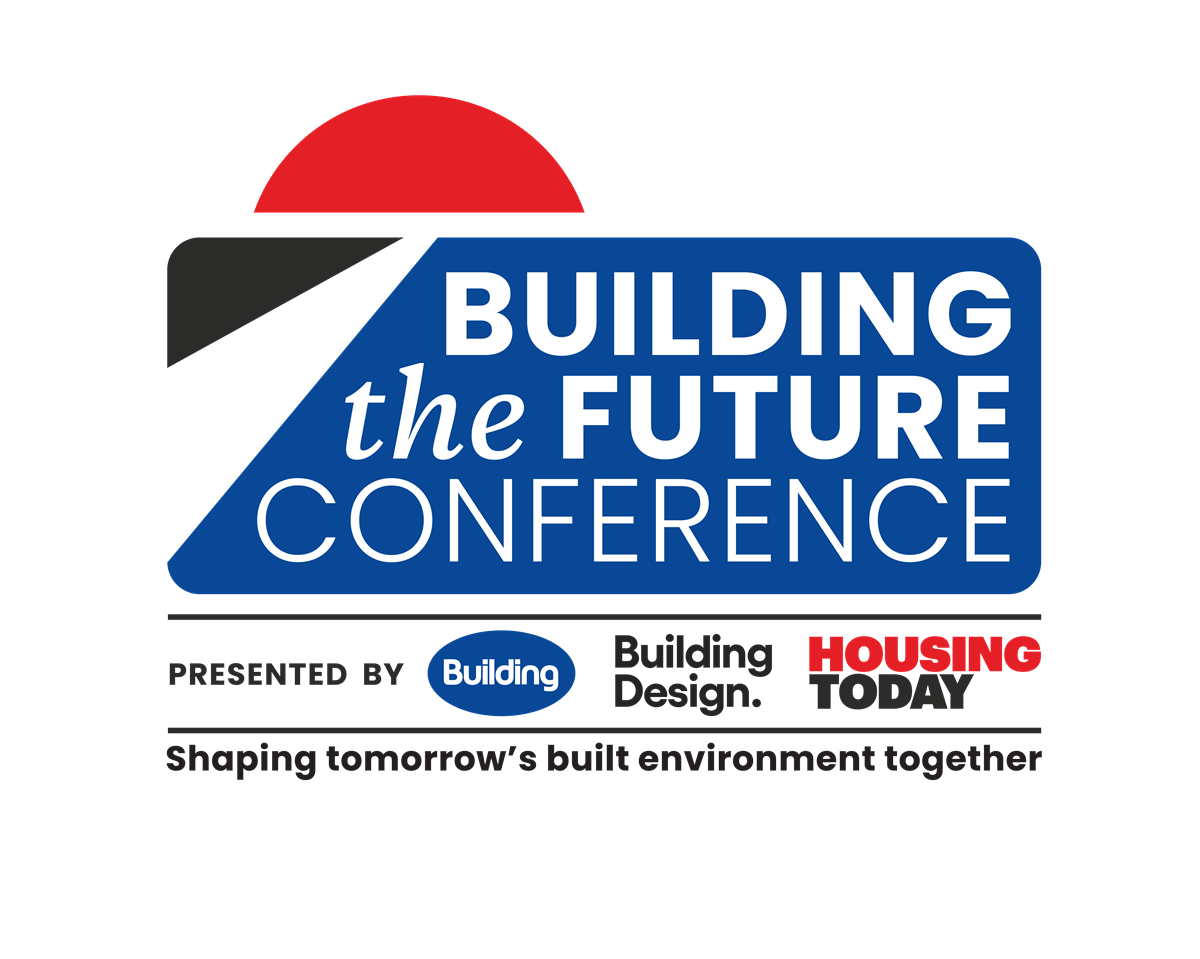



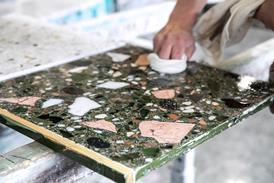
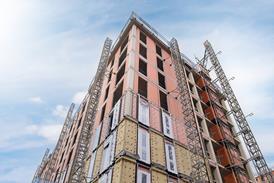


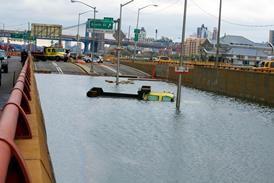
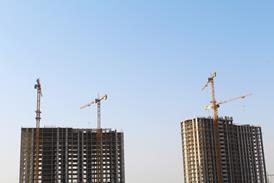
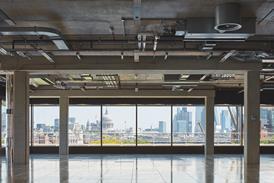
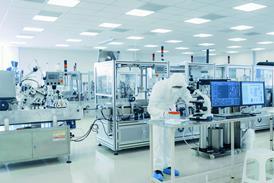
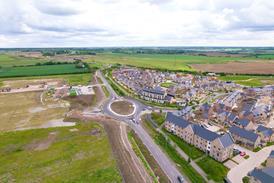

No comments yet